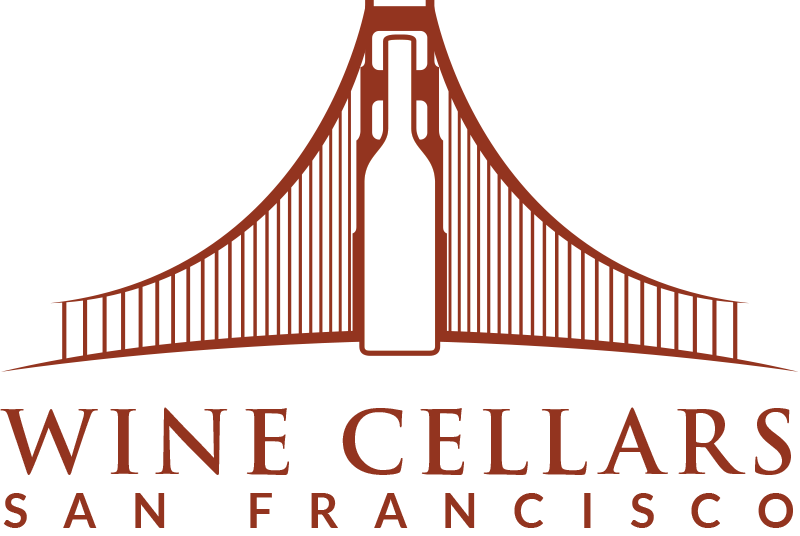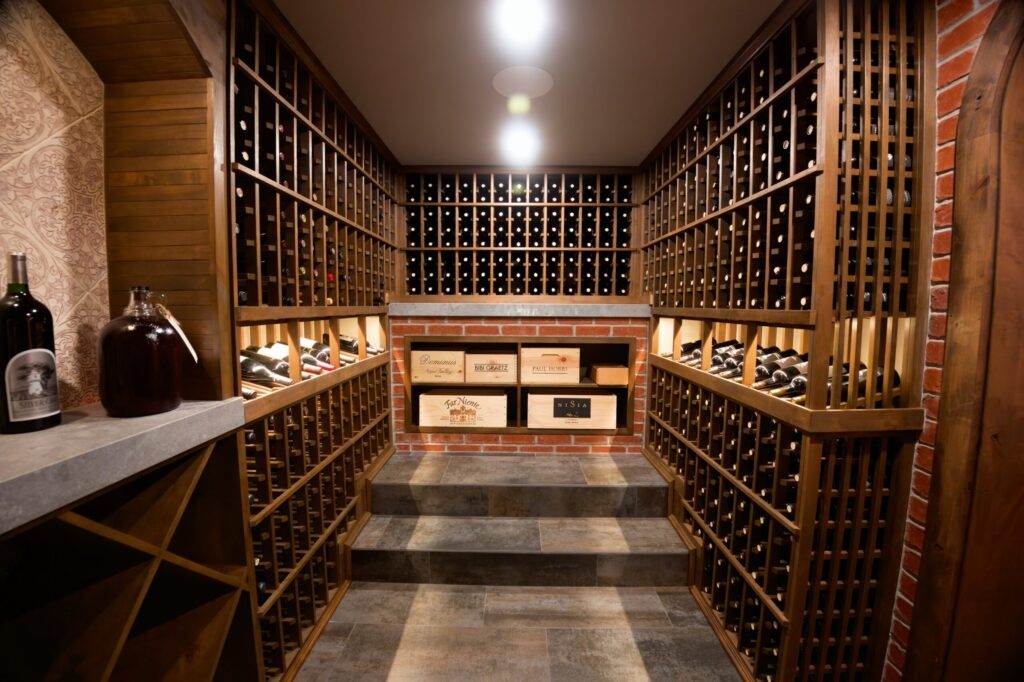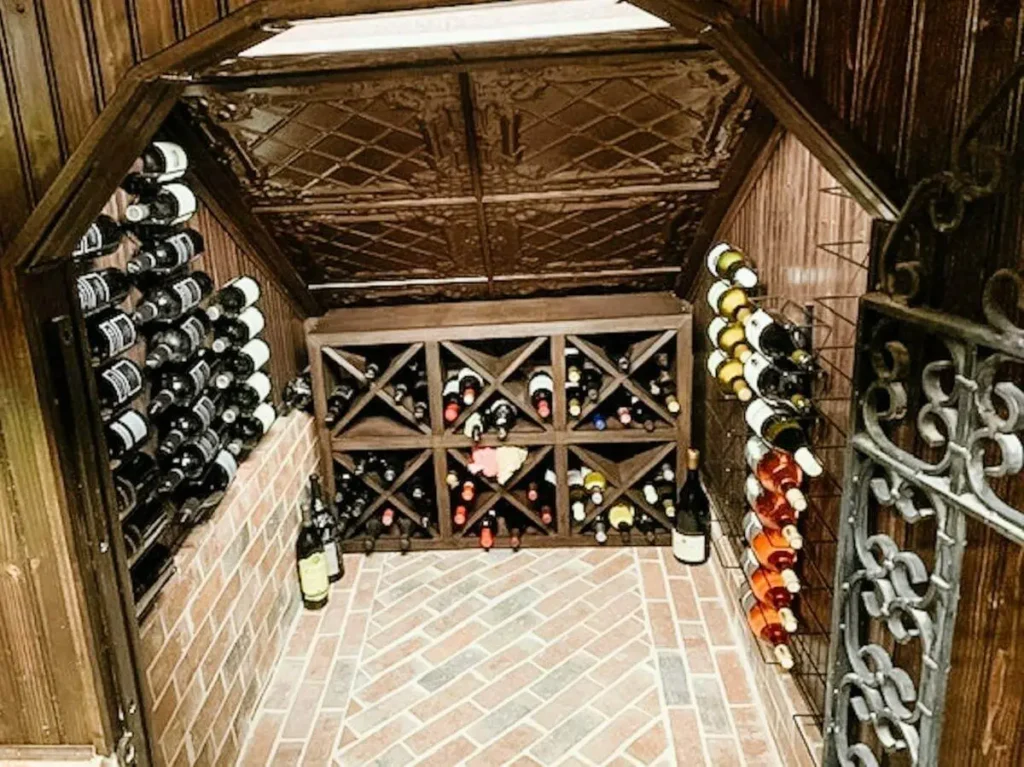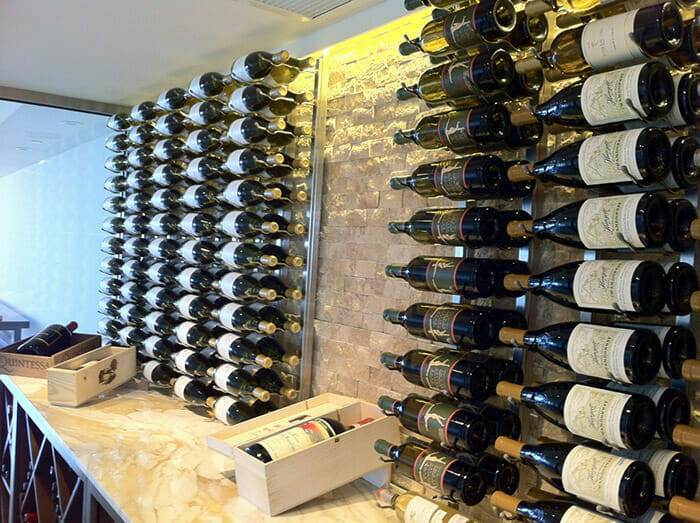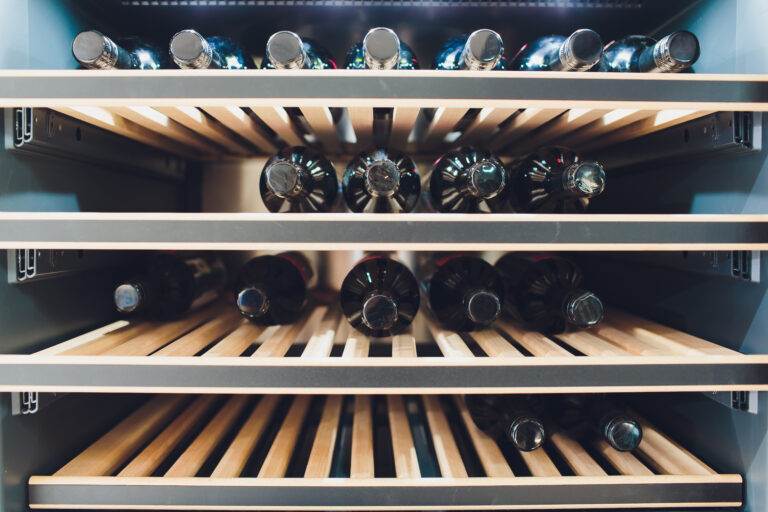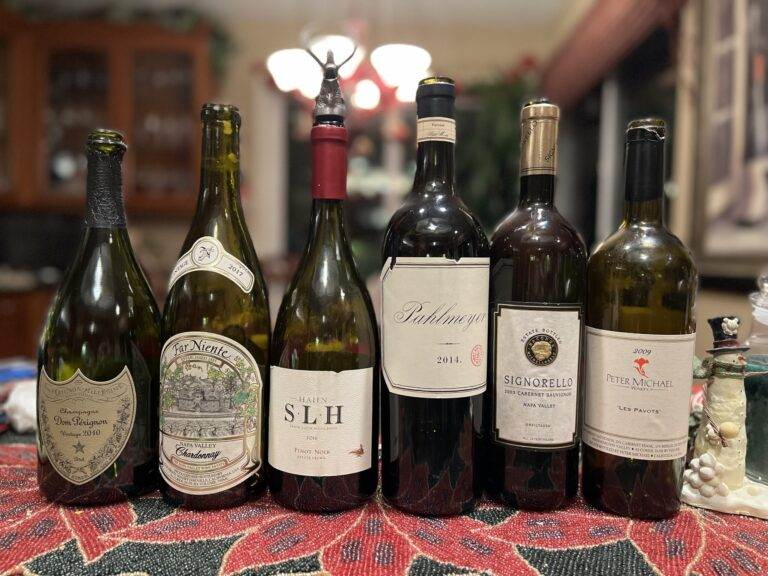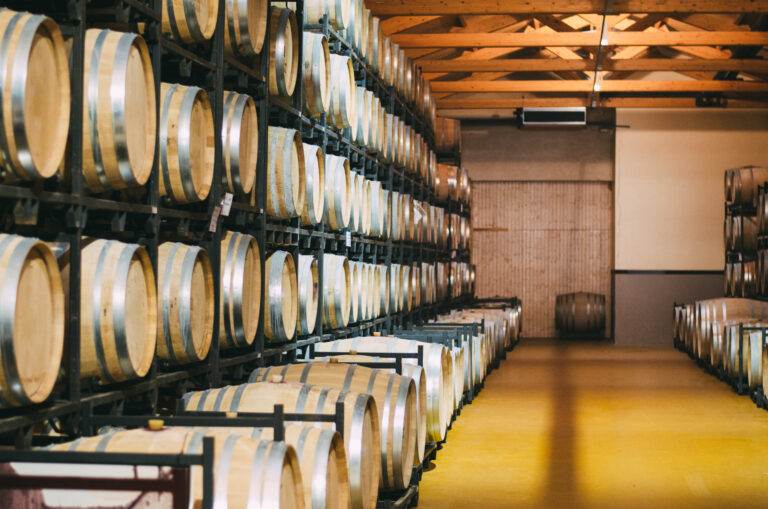Introduction
The Rising Trend of Wine Cellar Designs
In recent years, the allure of wine cellars has dramatically surged, transforming from a luxury item for a select few into a desirable feature for wine enthusiasts across various demographics. Homeowners and investors are increasingly incorporating sophisticated wine cellar designs into their living spaces, recognizing their potential not only for wine storage but also for enhancing the overall aesthetic of a home. Modern wine cellars come equipped with innovative designs and technologies, offering functionalities that were previously unimagined. Here are some noteworthy trends making waves in wine cellar construction:
- Custom Designs: Tailored to individual taste, offering a unique touch to each property.
- Sustainable Materials: Embracing eco-friendly options while still retaining elegance.
- Smart Technology: Integration of climate control systems for optimal wine preservation.
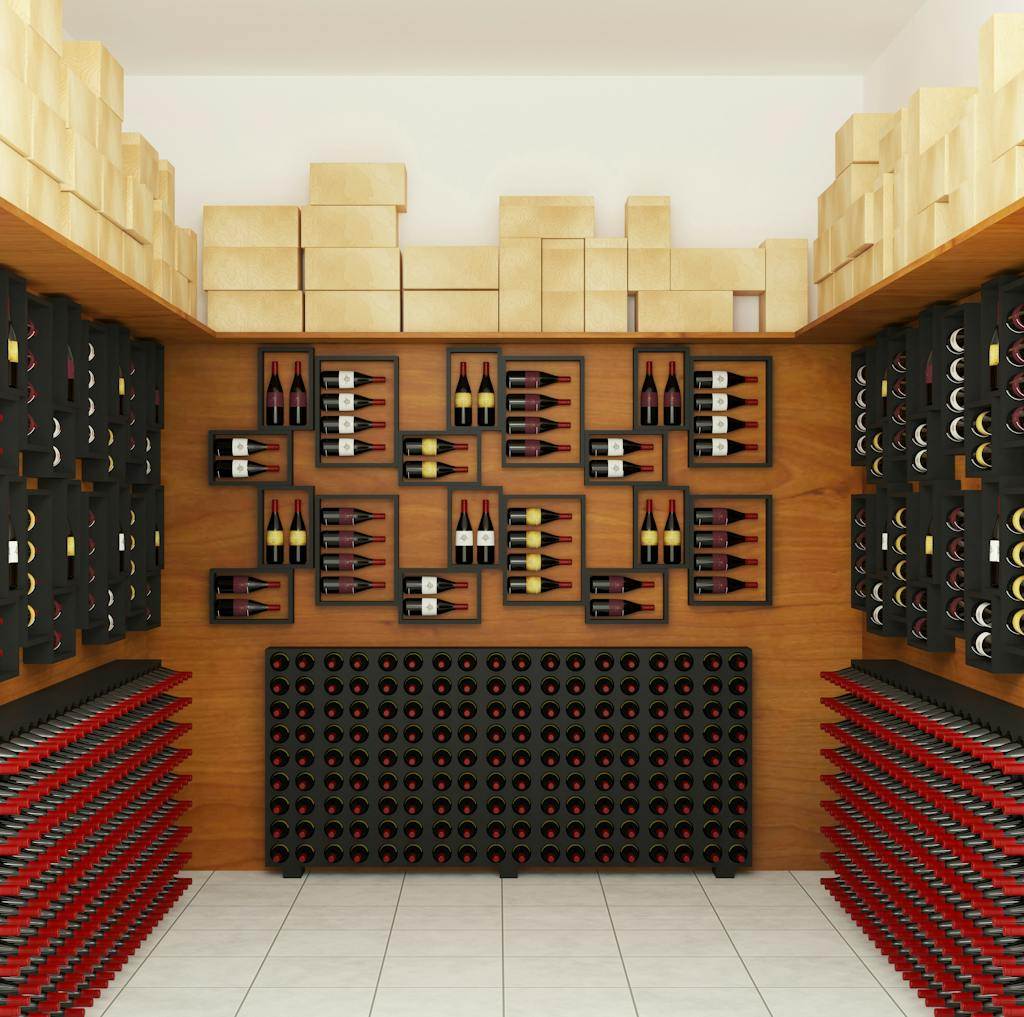
Unique Factors of San Francisco Wine Cellars
San Francisco stands out as a significant player in the wine cellar design landscape. The city’s geographical features and demographic diversity influence the approach to wine cellar creation. Factors that make San Francisco wine cellars distinct include:
- Space Constraints: With city living often requiring creativity in utilizing small areas, innovative designs that maximize storage in limited spaces are in high demand.
- Cultural Appreciation: The rich history of wine in the region fosters a deeper appreciation for aesthetics and functionality in cellar design.
- Climate Considerations: The coastal climate requires specialized solutions to ensure ideal storage conditions, making advanced technology an integral part of cellar construction.
Together, these elements illustrate why San Francisco is at the forefront of wine cellar design trends, leading the way into a future where wine storage is both a functional necessity and a stylish statement.
Historical Influences on San Francisco Wine Cellar Designs
Traditional European Influences
The charm of wine cellars in San Francisco is deeply rooted in traditional European influences. Many of the early wine enthusiasts were immigrants who brought their wine-making customs from countries like Italy, France, and Spain. These traditions laid the foundation for the design elements that we see today. Key characteristics of traditional European wine cellars include:
- Stone and Brick Construction: Authentic materials that not only provide durability but also offer superior insulation for optimal wine storage.
- Archways and Vaulted Ceilings: These architectural styles enhance the ambiance, inviting wine aficionados to experience a touch of the old world.
- Wooden Racking Systems: Constructed from oak or mahogany, these racks foster a sense of craftsmanship and elegance, reminiscent of European vineyards.
As San Francisco embraced these elements, wine cellars began to reflect a luxurious yet functional space.
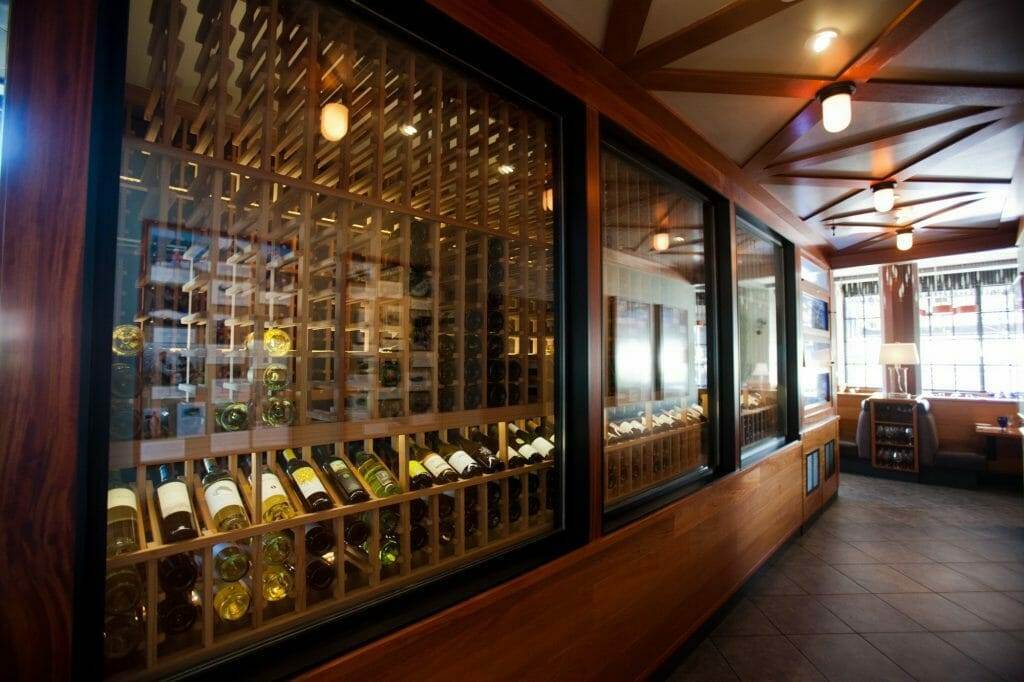
Modern American Design Trends
In contrast, modern American design trends have pushed the boundaries of wine cellar functionality and aesthetics. With advancements in technology and changing consumer preferences, today’s wine cellars are reimagining traditional designs while adding unique features. Some modern trends include:
- Minimalist Aesthetics: Clean lines and uncluttered designs create a sleek and contemporary look.
- Smart Technology Integration: Homeowners are opting for climate-controlled environments and security systems, ensuring that their collections are protected and well-maintained.
- Multi-Functional Spaces: Wine cellars are evolving into entertainment areas, complete with tasting rooms and cozy seating.
These modern interpretations resonate with today’s wine enthusiasts, blending practicality with artistry to create stunning spaces that truly enhance the wine experience. The combination of historical influences and contemporary innovations continues to shape the landscape of wine cellar designs in San Francisco, making them a focal point in many homes.
Innovative Technology in Wine Cellar Construction
Smart Climate Control Systems
As we delve deeper into the world of wine cellars, one cannot overlook the critical role of technology, particularly in climate control. Smart climate control systems have revolutionized how wine is stored, ensuring that each bottle is kept in optimal conditions. These systems offer features that enhance both functionality and convenience:
- Temperature Regulation: Keeping wine stored at the ideal temperature range (typically between 45°F to 65°F) is essential for preserving its flavor and integrity.
- Humidity Control: Maintaining a humidity level between 50% and 70% helps prevent corks from drying out, which can lead to oxidation.
- Remote Monitoring: Many smart systems allow wine enthusiasts to monitor conditions via smartphone apps, providing peace of mind no matter where they are.
With these advancements, homeowners can be proactive rather than reactive, ensuring that every bottle is perfectly stored.
Sustainable Building Materials
Alongside technological advancements, there is a growing emphasis on sustainability in wine cellar construction. The use of eco-friendly materials is becoming increasingly popular among conscientious homeowners who wish to minimize their environmental impact. Some sustainable building practices include:
- Recycled Materials: Utilizing reclaimed wood or repurposed stone not only adds character but also reduces the demand for new resources.
- Energy-Efficient Insulation: Modern insulating materials help maintain the internal climate, reducing energy consumption and lowering utility bills.
- Green Certifications: Many builders are focusing on obtaining certifications that highlight their commitment to sustainable practices.
By integrating sustainable materials into wine cellar designs, homeowners not only contribute to environmental preservation but also create spaces that are energy-efficient and aesthetically pleasing. These technological advancements, coupled with a commitment to sustainability, exemplify the future of wine cellar construction in San Francisco and beyond.
Customized Features of San Francisco Wine Cellars
Lighting and Display Options
One of the most exciting aspects of modern wine cellars in San Francisco is the array of customizable features that allow homeowners to showcase their wine collections. Lighting and display options play a crucial role in creating an inviting ambiance while ensuring that the wine remains protected. When it comes to lighting, the choices are plentiful:
- LED Fixtures: Energy-efficient and available in various colors, LED lights are an excellent option for illuminating shelves without emitting harmful heat.
- Backlit Shelving: This trendy feature highlights each bottle, transforming an ordinary cellar into a stunning display.
- Dimmers: Adjustable lighting helps set the mood, whether for a quiet tasting or a vibrant gathering.
Display options have also evolved, offering chic ways to present wine. Homeowners might choose from:
- Glass-Front Cabinets: Allowing visibility while minimizing exposure to temperature fluctuations.
- Wall-Mounted Racks: Combining functionality with artistry, perfect for smaller spaces.
Security and Access Control Measures
As wine collections grow, so does the importance of security. Advanced security features ensure that valuable bottles remain protected, allowing enthusiasts to enjoy their cellars without worry. Here are some of the contemporary security measures gaining traction:
- Smart Locks: Keyless entry systems provide convenience while allowing for specific access control. Homeowners can grant access to friends or family while keeping the main collection secure.
- Surveillance Systems: Cameras can be discreetly installed to monitor the cellar, providing peace of mind, especially in urban environments.
- Environmental Alarms: Systems that alert homeowners to temperature, humidity, or breach fluctuations contribute to a comprehensive security solution.
The integration of customized lighting and security features in San Francisco wine cellars not only enhances the aesthetic appeal but also provides safety and peace of mind. These unique elements truly elevate the wine storage experience, transforming it into a sophisticated refuge for wine lovers.
Spatial Considerations in Wine Cellar Layouts
Maximizing Storage Capacity
When designing a wine cellar, one of the chief considerations is optimizing the available space. Maximizing storage capacity ensures that every bottle is accessible while keeping the cellar organized and functional. A few effective strategies for achieving this include:
- Vertical Racks: Utilizing vertical space allows for more bottles to be stored without consuming additional floor area. This is especially valuable in smaller cellars.
- Custom Racking Systems: Tailoring racking arrangements to specific bottle sizes can accommodate a range of wine formats, from standard to magnums, without wasted space.
- Under-Stair Storage: For those with limited room, transforming often-neglected areas such as under staircases into dedicated wine storage can dramatically increase capacity.
Moreover, considering a modular approach enables homeowners to adapt as their collections grow, making it easier to adjust storage layouts over time.
Enhancing Aesthetic Appeal through Layout Design
While functionality is essential, aesthetic appeal in wine cellar design cannot be overlooked. A well-thought-out layout enhances the visual experience, creating an inviting space for wine enthusiasts and guests alike. Complementary design elements to consider:
- Flow and Accessibility: Ensure that the layout promotes easy navigation throughout the cellar, allowing for unobstructed access to each bottle.
- Incorporation of Tasting Areas: Adding a small area for tastings encourages social interactions and elevates the wine experience. This could be a simple table and a few chairs placed centrally or at the entrance.
- Use of Color and Materials: The choice of colors and materials can greatly affect the ambiance. Earth tones and natural wood finishes can create a rustic feel, while sleek glass and metal can offer a modern touch.
By carefully balancing storage capacity with aesthetic considerations, wine cellars in San Francisco can become both functional and visually stunning spaces. Thoughtful design transforms the cellar into a testament to a homeowner’s passion for wine and their appreciation for elegant design.
Eco-Friendly Practices in Wine Cellar Construction
Energy Efficient Cooling Systems
As the focus on sustainability grows, eco-friendly practices play a pivotal role in wine cellar construction, particularly concerning cooling systems. Efficient temperature control is integral to a wine cellar, and innovative, energy-efficient cooling technologies are leading the charge. Benefits of energy-efficient cooling systems include:
- Reduced Energy Consumption: Modern cooling systems are designed to use significantly less electricity than traditional models. This not only helps lower utility bills but also minimizes environmental impact.
- Advanced Insulation Technologies: Utilizing high-quality insulation materials can enhance the cooling efficiency of the cellar, maintaining consistent temperatures with less energy expenditure.
- Smart Appliances: Investing in systems that can be monitored remotely allows homeowners to tweak settings for optimal performance, even from a distance. Such features contribute to enhanced energy savings.
These advancements not only ensure the longevity and quality of the wine but also promote eco-conscious living.
Green Building Certifications
Another crucial aspect of eco-friendly wine cellar construction is obtaining green building certifications. These certifications signify a commitment to sustainable building practices and provide homeowners with guidelines on how to design and construct their cellars responsibly. Key certifications to consider include:
- LEED (Leadership in Energy and Environmental Design): This globally recognized certification encourages a holistic approach to sustainable building, focusing on energy efficiency, resource conservation, and indoor air quality.
- Green Globes: An easy-to-navigate certification program that assesses the environmental performance of a building, promoting user-friendly practices.
By aligning cellar construction with these green standards, homeowners not only enhance the value of their properties but also contribute to a healthier planet. The integration of eco-friendly practices in wine cellar design reflects a growing awareness of environmental issues, marrying functionality with sustainability in perfect harmony.
Case Studies: Top Wine Cellar Designs in San Francisco
Private Residential Cellars
San Francisco boasts an impressive array of private residential wine cellars, each uniquely designed to reflect the homeowner’s tastes and preferences. These cellars range from minimalistic, modern designs to more traditional, rustic layouts, showcasing how personal style can harmonize with functionality. Consider features commonly found in top residential cellars:
- Custom Racks: Tailored racking systems not only maximize storage but also allow for artistic displays, making each cellar a visual delight.
- Integrated Tasting Areas: Many homeowners are incorporating small tasting spaces, inviting friends and family to experience wine in an intimate setting.
- Personalized Lighting: Adjustable LED lighting highlights specific bottles while creating a warm ambiance, enhancing the overall experience.
These design elements transform wine storage into a personalized retreat, allowing homeowners to enjoy their collections in style.
Commercial Wine Storage Facilities
On the commercial side, San Francisco is home to several top-tier wine storage facilities that cater to collectors and businesses alike. These facilities are designed to provide optimal storage conditions while ensuring security and accessibility. Key characteristics of successful commercial wine storage include:
- Climate-Controlled Environments: Advanced HVAC systems are employed to maintain precise temperature and humidity levels, crucial for preserving the quality of stored wines.
- Robust Security Measures: 24/7 surveillance, smart locking systems, and access control ensure that valuable collections are safeguarded.
- Flexible Storage Options: Facilities often offer a range of storage sizes and configurations, accommodating everything from individual cases to entire collections.
These commercial entities not only provide essential services to wine enthusiasts but also contribute to the city’s vibrant wine culture. By focusing on specialized design and robust security, these facilities exemplify how functionality and reliability can elevate the wine storage experience. The combination of innovative residential designs and reputable commercial establishments underscores the dynamic wine cellar landscape in San Francisco.
Future Trends in Wine Cellar Designs
Virtual Reality Integration
As technology continues to evolve, one of the most exciting trends on the horizon for wine cellar designs is the integration of virtual reality (VR). This innovative approach offers a unique way for homeowners and businesses to visualize and experience their future wine cellars before construction begins. Imagine being able to walk through a virtual representation of your cellar, interacting with various design elements. The benefits include:
- Enhanced Planning: Homeowners can experiment with layouts, materials, and colors, allowing for informed decision-making.
- Real-Time Adjustments: If a style or feature isn’t quite right, changes can be easily made within the virtual environment, saving time and resources during the building process.
- Education and Experience: VR can provide educational elements, such as interactive tutorials on wine storage best practices, making the process both informative and enjoyable.
This integration not only simplifies the design journey but also elevates the overall wine storage experience.
Multi-Purpose Wine Cellar Spaces
Another trend that is gaining traction is the concept of multi-purpose wine cellar spaces. Today’s homeowners are increasingly looking for versatility in their living environments, and wine cellars are no exception. These multi-functional areas are designed to serve multiple purposes without compromising on style or functionality. Key features of multi-purpose wine cellars include:
- Tasting Rooms: Incorporating space for tasting events with seating and lighting can turn a simple cellar into a social hub for wine lovers.
- Home Theaters: Combining a wine cellar with a home theater can create an upscale entertainment experience, allowing wine enthusiasts to enjoy film and tastings concurrently.
- Personalized Spaces: Homeowners can design areas for hobbies or meetings, ensuring that their wine cellar is a dynamic environment that evolves with their needs.
By embracing these future trends, wine cellars in San Francisco and beyond can enhance both functionality and enjoyment, providing spaces that cater to diverse lifestyles while elevating the wine experience as a whole. The potential for innovation continues to grow, promising exciting developments for wine lovers everywhere.
